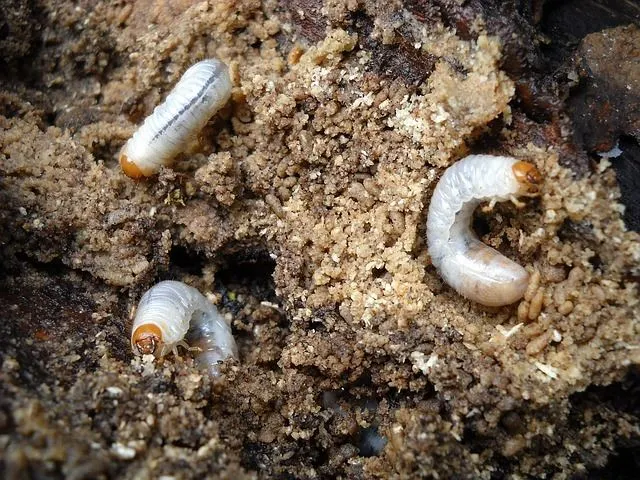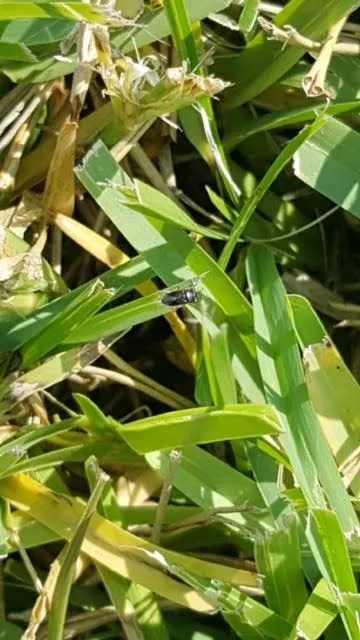Lawn care can be a delicate art that requires comprehensive knowledge of the many problems that can affect grass plants, as well as an understanding of how to use the various chemicals needed to remedy various issues.
A good lawn care company has the skilled technicians and years of experience needed to help you resolve your lawn pest issues quickly, so you can get back to enjoying your yard again.
Common Lawn Pest Issues
Residential lawn care can be subjected to a number of common problems that detract from the appearance of the turf and create an unpleasant environment for children and adults that make use of outdoor areas.
Insects can attack the lawn, sucking the juices out of the blades and leaving unsightly patches of dead grass.
Some of the most common pest control problems we see are:
- Lawn Grubs – Can also destroy large sections of turf grass.
- Fire Ant Control – Is necessary to prevent a biting hazard for children and adults who play or relax in outdoor areas.
- Mole Control – Is necessary to prevent the tunnels, unsightly holes, raised areas or collapsed areas on the lawn surface.
- Mosquito Control – Some lawn areas need efforts to ensure that these insects that carry a number of serious diseases, such as malaria, West Nile Virus and Zika virus are denied the conditions they need to breed.

Chinch Bug Problems
These are the most common types of insects that cause damage to lawns. They may leave large uneven patches of dead grass that looks like it has been killed by drought conditions.
However, if you examine the grass carefully, you will find evidence of the bug or their larva. The adults are black with white wings. Larvas are pink or reddish with a white band around the middle.
Chinch bugs emerge in the spring and lay eggs continuously throughout the summer months. They are most active during July and early August and may do the most damage during this time.

Best Pest Control Solutions
Bifenthrin has been found to be highly effective against some type of lawn pests. Bifenthrin is a pyrethroid compound, which is a synthetic, laboratory-produced form of a natural pesticide that can be made from chrysanthemum flowers.
It works by interfering with the nervous systems of insects that eat it or are in contact with it. The bifenthrin applications must be timed carefully to coincide with the life cycle of the insect in order to be effective.
In addition, heavy rainfalls or frequent watering can reduce the effectiveness of the pesticide. Bifenthrin is not toxic to humans and does not easily find its way into local bodies of water, causing pollution or disruptions in the ecology.
Application of bifenthrin is usually done preventatively when chinch bugs are found, but it may also be applied early in the season to limit the insect population.
If the outdoors area around your home is experiencing visible signs of lawn damage, contact our company to discuss the safe and effective measures that can bring your yard back to health.



Comments (0)
Thanks for your comment!
Thanks for your feedback! Your comments have been successfully submitted! Please note, all comments require admin approval prior to display.
Error submitting comment!
There is a problem with your comment, please see below and try again.